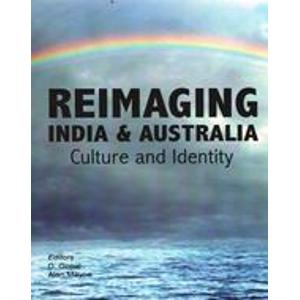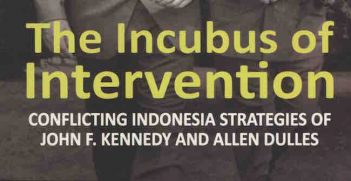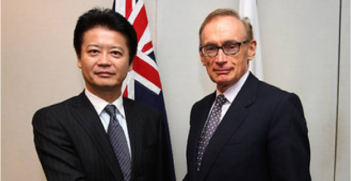Re-imagining India and Australia: Culture and Identity

Today, trade, educational and developmental aid and maritime security are driving forces in Australian-Indian bilateral relations. Australia’s Foreign Minister Julie Bishop has flagged reinvestment in cultural diplomacy and people-to-people links as a ‘strong priority’. Reports and statements over the past 60 years by researchers and policy-makers show obvious links between the two countries but also expose the lack of deep, continuously replenished sources of cross-cultural understanding. Given the need for breadth and multiple layers of tissue in a growing bond, especially one that has been shown to be vulnerable to sudden shocks, any book on Australia-India connections is a welcome sight.
The book in hand, ‘Re-imagining India & Australia: Culture and Identity’, edited by Prof D. Gopal and Prof A. Mayne, is a collection of selected papers presented at a conference organised by the Indian Association for the Study of Australia’s in 2008, where more than 140 participants presented their views. IASA’s conferences, organised with the support of Australia-India Council, are a wonderful platform for scholars and practitioners to meet and discuss all facets of Australia-India relations.
This book, comprising twenty chapters from well-established scholars and young researchers, is divided into seven sections: history, cricket, multiculturalism and immigration issues/media, Indians in Australia, bilateral, indigenous and social issues. Reflecting the expanding relationship between the two countries, most of the chapters open possibilities for future collaborative research between Australia and India, especially Raelene Frances’s on pioneering Afghan cameleers, Sally Percival Wood’s on cultural diplomacy, David Dunstan’s on the first Indian cricket tour of Australia, Michiel Baas’s on Indian students in Australia and Peter Gale’s on indigenous governance.
The introduction, however, does little to explain the logic of these sections. A noticeable flaw is the inclusion of Sally Percival Wood’s chapter in a section titled ‘Cricket’ while her piece is on diplomatic initiatives between the years 1983-2006. Unfortunately, the book is marred by a number of layout and copy-editing lapses and would have benefited from extra care to make the reading experience smoother through a closer proof-reading and adoption of uniformity in style. Given the long lead time between the conference and publication, some of the material has now dated.
Despite its shortcomings, given the nature of these wonderful perspectives and dearth of books on Australia-India relations, there is no doubt that this volume will be of help to younger researchers and policy-makers interested in understanding the workings of culture and identity in the Australian-Indian colonial and post-colonial relationship.
D. Gopal and Alan Mayne (ed.), ‘Re-imagining India & Australia: Culture and Identity’, Pentagon Press, 2014
Reviewed by Dr Amit Sarwal, Postdoctoral Researcher, Centre for Citizenship and Governance and Convenor, Australia-India Interdisciplinary Network, Deakin University





